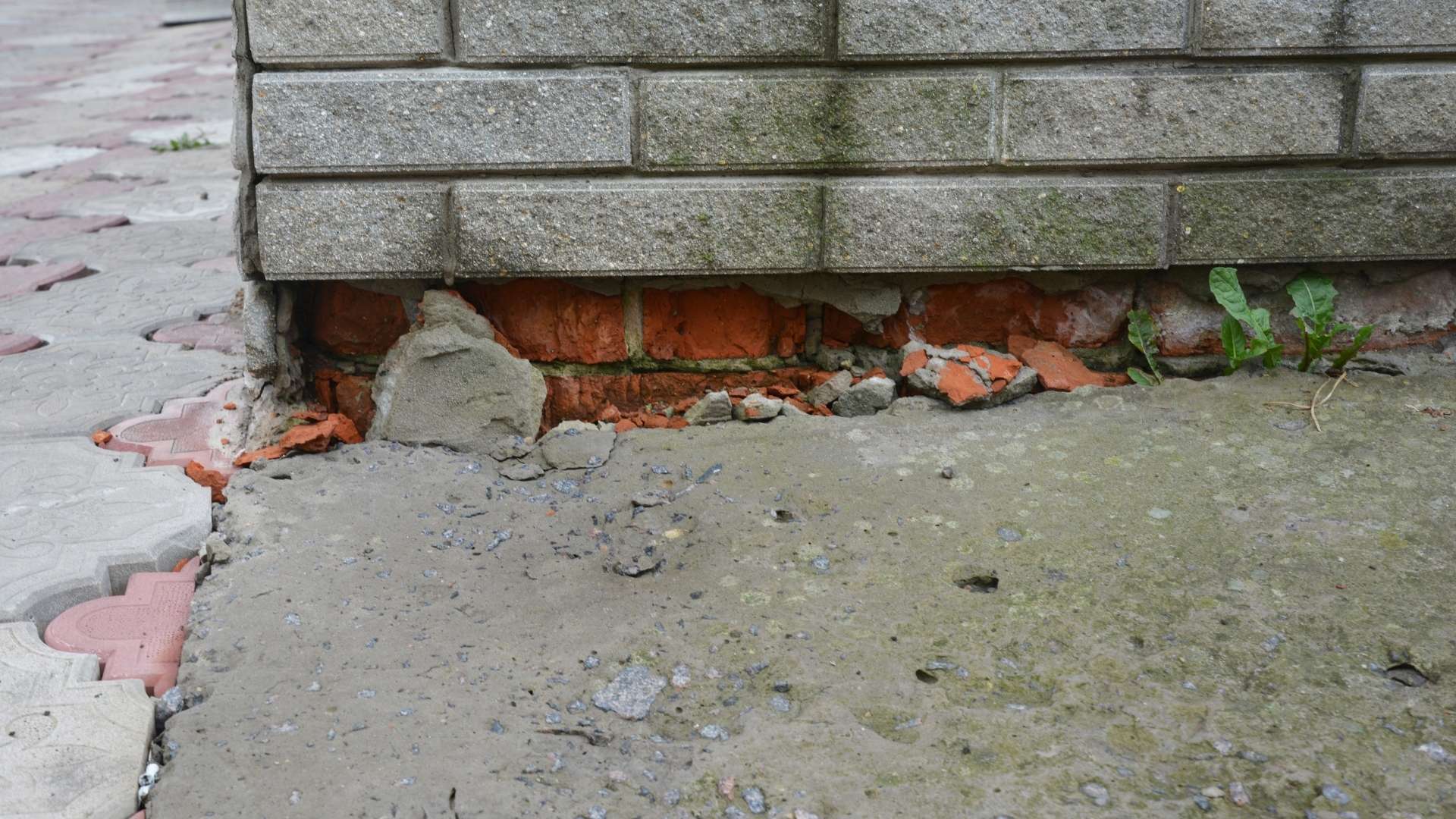 Foundation cracks are cracks that occur in the concrete foundation of a home or commercial building. These cracks can be vertical, diagonal, uniform, or unique. Some foundation cracks do not affect the structure of a building; however, some cracks in the foundation do, and this then requires foundation repair. They can be caused by poor drainage, seasonal changes, expansive clay, tree roots, or plumbing leaks. Read more about how much foundation repairs cost and what you can do to prevent them
Foundation cracks are cracks that occur in the concrete foundation of a home or commercial building. These cracks can be vertical, diagonal, uniform, or unique. Some foundation cracks do not affect the structure of a building; however, some cracks in the foundation do, and this then requires foundation repair. They can be caused by poor drainage, seasonal changes, expansive clay, tree roots, or plumbing leaks. Read more about how much foundation repairs cost and what you can do to prevent them
Warning Signs of Foundation Problems
There are usually signs of foundation problems that you can spot before cracks in a foundation gets too serious. Look for the following:- A door jam fails to latch
- Windows that stick and won’t open easily
- A crumbling foundation within the interior or exterior of a structure
- The sagging or sloping of floors or walls
- Cracks in walls over doorways or windows
- Cracks in tile flooring
- Standing water around a home or structure
Types of Foundation Cracks
Not all foundation cracks are the same. Some are more severe than others, and they appear in various patterns.- Vertical cracks – do not have to go straight up and down, but can be slightly diagonal. These foundation cracks are very common and usually do not pose a threat to the structure. They occur due to the tension that is placed on the foundation, and they can appear within the first few years that a house is built. These may be one of the easiest foundation crack repairs.
- Diagonal cracks – are between 30 and 75 degrees. These cracks may be wider at one end and taper at the other end. They can be caused by differential settling of a structure due to the ground conditions underneath the foundation. Diagonal cracks appear in new and old houses.
- Horizontal cracks – are the most serious foundation cracks. These run horizontally and are most common in concrete and brick foundations. These cracks in foundation are caused by a bowing foundation that occurs when a back fill is not done properly, when a house doesn’t have correct drainage, or when a structure has excessive pressure against it. These bowing foundations could lead to structural failure and even a complete collapse of a structure. Because of this, these cracks may require a more complex foundation crack repair.
- Step cracks – occur on the exterior walls above a foundation, typically in brick. These cracks run vertically and horizontally in a step pattern. They are the result of differential settling as well. They are usually not serious, but can become so if the cracking continues past the cement bricks.
Contact Houston Foundation Repair
Different foundation cracks are repaired differently, so make sure to contact a professional before attempting to fix large cracks in a foundation. Aftermath Repair can speak to you all about your foundation cracks and the repairs.DO YOU CRACKS THAT NEED TO BE REPAIRED?

